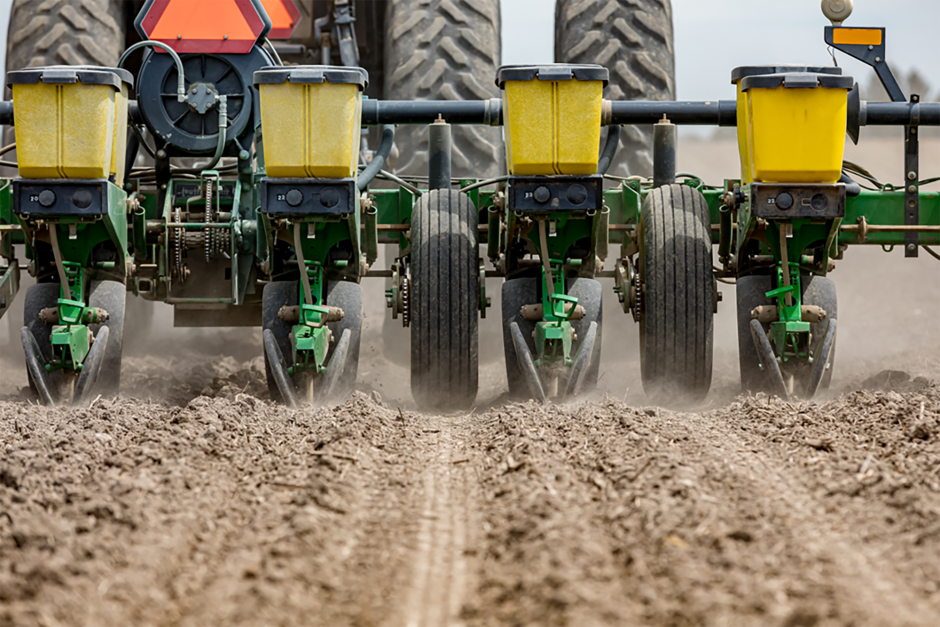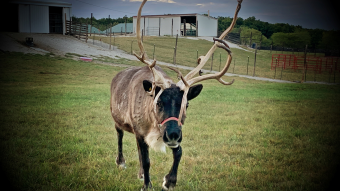
By Danyelle Chinn
April 30, 2025
Contact: Brian Consiglio, consigliob@missouri.edu
The Spring 2025 Missouri Farm Income Outlook forecasts a recovery in net farm income, following two consecutive years of decline, according to the Rural and Farm Finance Policy Analysis Center (RaFF) at the University of Missouri.
Published twice a year, the report provides statewide projections of major farm financial indicators for Missouri, analyzing cash receipts, production data, government payments and other factors to estimate the state's net farm income. Missouri’s net farm income is projected at $4.69 billion in 2025, a 9% increase from 2024. The recovery is largely tied to a 365% surge in direct government payments from the American Relief Act of 2025. “Government payments of $1.3 billion are projected to more than offset declines in crop receipts and inventories, and to generate profits in an otherwise unprofitable environment,” according to the report.
Other highlights from the Spring 2025 report include:
- Crop receipts are projected to decline by $355 million in 2025, driven by lower corn prices and a 3% reduction in soybean acreage. Soybeans and corn together account for 81% of total crop receipts.
- Missouri’s cattle inventory remained steady at 3.95 million head to start 2025, with cattle receipts expected to hold at $3.1 billion as higher prices offset lower marketings. Hog inventory rose 11% to 3.45 million head, keeping hog receipts steady at $1.07 billion.
- Despite a 7% increase in purchased livestock expenses, total production expenses are estimated to decline by 2% in 2025 as costs for pesticides, feed and fuel retreat.
Looking ahead, the report projects Missouri net farm income will contract again in 2026.
Missouri’s Farm Income Outlook is one of several state-level farm income reports produced by RaFF in collaboration with land-grant institutions in states such as Arkansas, Kansas and Nebraska, offering additional coverage of key Midwestern and Southern regions.
"Government payments in 2025 will boost net farm income to levels that should allow most producers to cover expenses and accumulate some cash,” Alejandro Plastina, director of RaFF, said. “When planning for the rest of this calendar year and the next, it is important to keep in mind that these were one-time ad-hoc payments unlikely to be repeated in 2026; and that in the absence of these payments, our projections would show a decline in net farm income for the third consecutive year. It will be critical for farmers and ranchers to take actionable steps to secure sufficient liquidity to operate in 2026 with much tighter margins. MU Extension provides plenty of resources to help with the planning process.”
Resources are available here. The full report and supporting tables can be found here.



